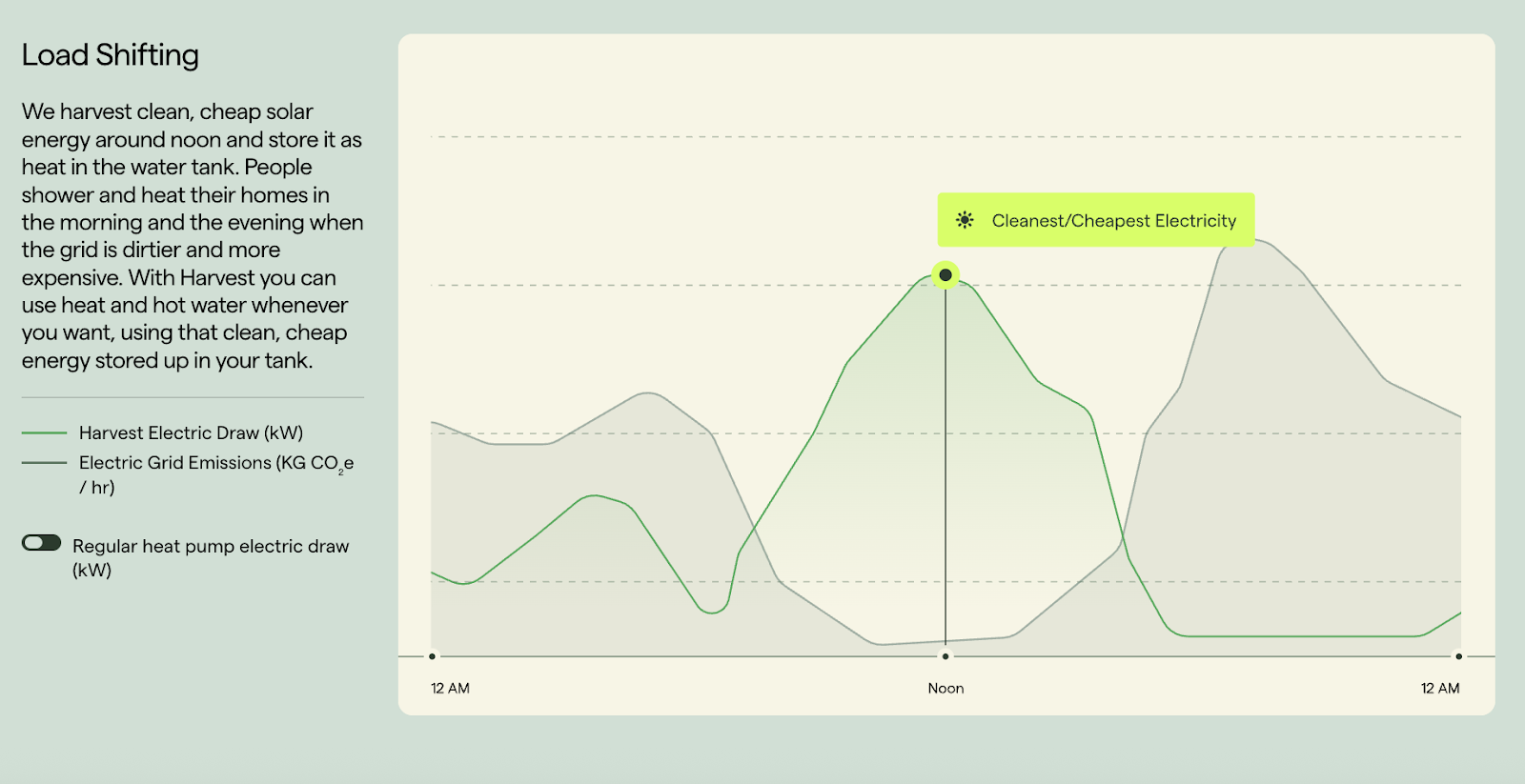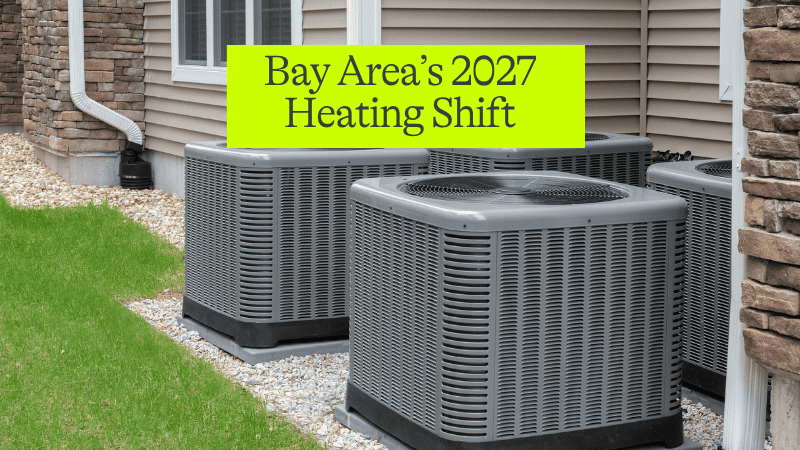2025 Heating Season Preview
By
Felix Remennik
.jpeg)
The heating and cooling industry is heading into a year of transition. At the 2025 AHR Expo and in Dan Foley’s recent Heating Season Preview, one theme was clear: heat pumps and refrigerants are changing fast, and the ripple effects will shape projects for years to come.
For developers, property managers, and HVAC pros, these shifts aren’t just technical details—they’re signals that the choices made in 2025 will determine efficiency, compliance, and operating costs well into the next decade.
Air-to-Water Heat Pumps Step Into the Spotlight
Air-to-water heat pumps are no longer a niche technology. They’ve gone mainstream.
Contractors and designers are embracing hydronic systems because they deliver year-round comfort, integrate with familiar distribution systems, and comply with safety standards like ASHRAE 15. Monobloc units, which keep refrigerant lines outside the conditioned space, are especially appealing in multifamily projects aiming for low-carbon, all-electric designs.
The bigger story is flexibility. Air-to-water systems open the door to higher efficiency across more climate zones, giving building teams a proven path toward comfort, compliance, and future-ready performance.
A Refrigerant Transition, with Bumps Along the Way
On January 1, 2025, the U.S. officially transitioned to A2L refrigerants like R-454B to cut global warming potential compared to R-410A. But the rollout isn’t smooth—contractors are already facing supply constraints that could delay projects and complicate maintenance.
One option gaining traction is CO₂ (R-744). Unlike synthetic refrigerants, CO₂ comes with ultra-low climate impact (a global warming potential of just 1), no ozone depletion potential, and a non-flammable safety profile. It’s also been in production for decades, meaning the supply chain is stable and global.
For developers, considering CO₂-based systems isn’t just an environmental choice—it’s a hedge against volatility in the refrigerant market.
Load Shifting and Storage: Smarter by Design
Even though refrigerants dominate headlines, the bigger story for building performance may be how and when systems use energy.
Time-of-use rates are becoming the norm in more states, and the cheapest, cleanest energy often comes midday when solar production is at its peak. Thermal batteries and smart controls let buildings take advantage—heating water or storing energy when electricity is abundant, then coasting through the evening without hitting peak pricing.

For property managers, this means lower operating costs and less strain on the grid. For residents, it translates into predictable bills and reliable comfort.
Looking Ahead
The 2025 heating season is defined by adaptation. Air-to-water heat pumps are proving themselves as efficient, flexible systems for all-electric projects. Refrigerant regulations are reshaping equipment choices, with CO₂ emerging as a practical, future-proof alternative. And energy storage is shifting from “nice-to-have” to “essential,” as utilities push harder on demand management.
For anyone planning or upgrading a building this year, the message is clear: design with the future in mind. The systems you choose now will set the tone for cost, compliance, and comfort for the next generation of residents.

.png)
.png)
.png)
.png)
.png)
.png)


.png)
.png)
.png)
.png)
.png)

.png)
.jpg)
%20(2).png)

%20(1).png)

%20(3).png)

%20(1).png)
%20(5).png)
%20(3).png)
%20(1).png)
.png)
.png)
.png)
%20(4)%20(1).png)
.png)

%20(11).png)
%20(10).png)
%20(6).png)
%20(4).png)
%20(3).png)
%20(10).png)
%20(6).png)
%20(1).webp)
.jpg)
%20(4).png)
%20(2).png)
.png)
%20(2).png)
.png)













.jpg)



%20copyminimal%20_0.1.jpg)




















